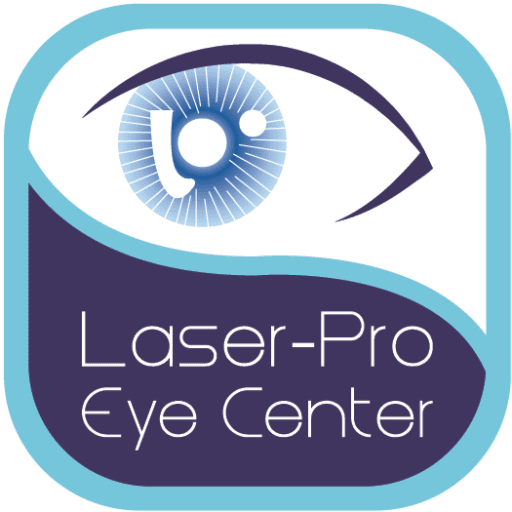Droopy Eyelids
Treatment
What is Droopy Eye?
There are 3 main reasons for droopy eye, one is drooping of the eyebrow, second is excess skin of eyelid and third is the actual drooping of the upper eyelid itself.
What is ptosis?
Ptosis is drooping of the upper eyelid. The droop may be mild or barely noticeable, or in severe cases, the drooping eyelid may cover the entire pupil and interfere with vision. Ptosis can affect one or both eyes. It can affect both children and adults, but usually occurs because of aging.
Depending on how severely the lid droops, people with ptosis may have difficulty seeing or driving. Sometimes, people with ptosis tilt their heads back to try to see under the lid or raise their eyebrows repeatedly to try to lift the eyelids. They generally look tired and sleepy.
What are the Causes of Ptosis?
Ptosis may be congenital or acquired. Congenital ptosis is usually present at birth while acquired ptosis develops later in life and may be due to aging, injury, following cataract surgery, Botox injection, contact lens use, eye tumour, neurological disorder or systemic disease like diabetes.
The most common cause of ptosis is injury or stretching and deshisence of the eyelid muscle that would normally lift the eyelid, called the levator aponeurosis muscle.
Ptosis can be a warning sign that a more serious condition is affecting the muscle, nerve, brain or eye socket. Ptosis that develops over a period of days or hours is more likely to signify a serious medical problem.
For childhood ptosis, it is important to assess the child vision and refraction (as childhood ptosis is often associated with astigmatism). Baby born with moderate or severe ptosis require surgical treatment in order for proper vision to develop. Failure to treat ptosis can result in amblyopia (lazy eye) and a lifetime of poor vision.
What are the treatment options?
Surgery usually is the best treatment for drooping eyelids. The surgery involves tightening the levator aponeurosis muscle to lift the eyelids, which will improve the vision and appearance.
For very severe cases involving weakened levator aponeurosis muscle, the surgery involve attaching the eyelid under the eyebrow with sling. This will allow the forehead muscle to substitute the levator aponeurosis muscle in lifting the eyelid.
What are the treatment options?
To see your doctor immediately if you have a drooping eye that:
- Develops suddenly over a period of a few days or hours
- Is accompanied by double vision, weakness of facial muscles, weakness of arms or legs, difficulty speaking or swallowing, or severe headache
- Is associated by symptoms of eye infections such as eye pain, eye redness, blurring of vision, fever, bulging of eye or difficulty in moving the eye.
Right Ptosis Lady

Right Congenitalptosis

Bilateral Ptosis

